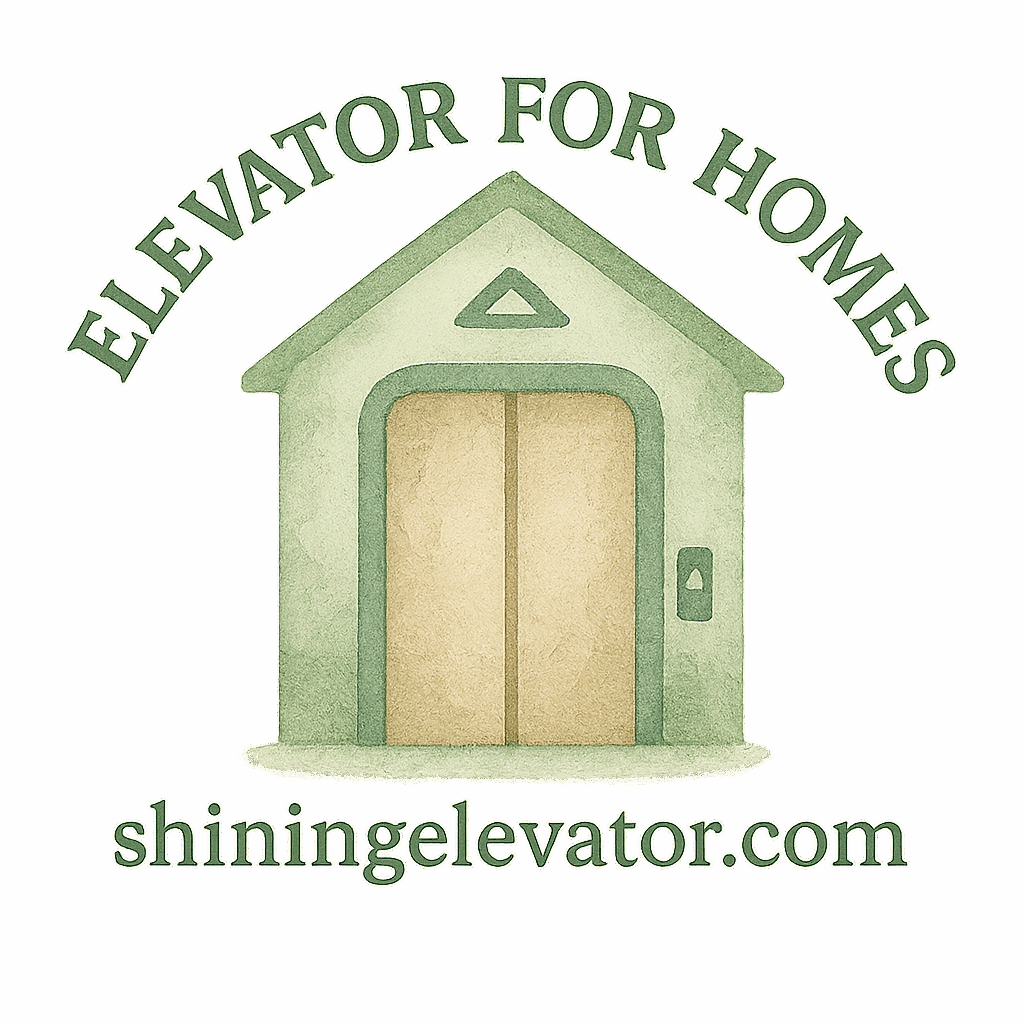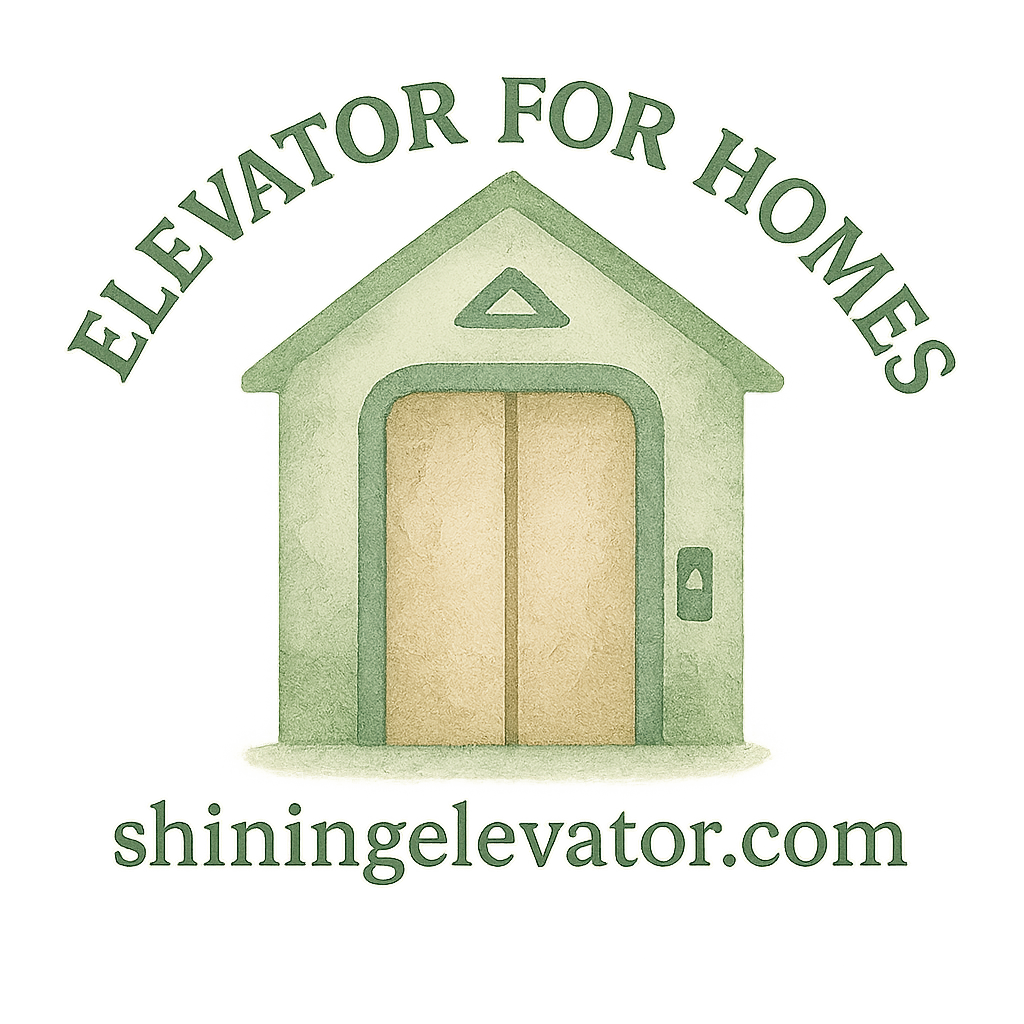Introduction
Elevators are such a part of daily life that we rarely think twice about stepping into one—until something goes wrong. From sudden stops to misleveling doors, elevator hazards are more common than most people realize. Whether in a commercial high-rise or your own home, knowing these dangers and how to prevent them is essential to keeping everyone safe.
Let’s break down the 10 most common elevator hazards and how to prevent them, especially if you’re considering installing a residential elevator or upgrading your current system.
1. Power Failures
The Risk of Sudden Stops or Trapped Passengers
One of the most frequent and dangerous issues is a power failure while the elevator is in use. This can lead to people being trapped inside or the elevator halting abruptly between floors.
Prevention Tips
- Install a backup power system.
- Choose models with automatic rescue devices (ARD).
- Schedule regular inspections to ensure your electrical systems are up to code.
- Consider a home elevator with smart controls that reroute during outages.
2. Elevator Door Malfunctions
Pinching, Jamming, and Unexpected Closures
When elevator doors malfunction, they can close too quickly, jam open, or fail to recognize obstructions—putting riders at risk of injury.
Prevention Tips
- Invest in sensors that detect motion and prevent doors from closing.
- Regularly clean and inspect door tracks.
- Choose doors with soft-close and auto-retract features for safety and accessibility.
3. Overloading
Why Capacity Limits Matter
Exceeding the elevator’s weight capacity can lead to system strain, potential breakdowns, or even a fall between floors.
Prevention Tips
- Clearly display weight limits inside the elevator.
- Opt for models with automatic shutoff when overloaded.
- Install residential lifts from trusted elevator companies with built-in overload sensors.

4. Misleveling
Tripping and Falls During Entry/Exit
If the elevator stops slightly above or below the intended floor level, users—especially seniors—could trip and fall.
Prevention Tips
- Use elevators with advanced leveling technology.
- Schedule calibration checks during maintenance.
- Include this in your home accessibility planning.
5. Faulty Wiring or Controls
Fire Hazards and System Failure
Old wiring or unprofessional installation can lead to electrical shorts, fire hazards, or loss of control over the elevator.
Prevention Tips
- Use certified installation and maintenance providers.
- Inspect wiring during every service appointment.
- Upgrade systems with outdated components.
6. Poor Maintenance Practices
Long-Term Deterioration Risks
Skipping or delaying maintenance might save money short-term, but leads to costly and dangerous failures down the line.
Prevention Tips
- Follow a strict maintenance budget and schedule.
- Choose service contracts that include emergency support.
- Review your service provider’s record and responsiveness.
7. Inadequate Emergency Communication
Panic in the Event of Breakdown
Being stuck in an elevator with no way to call for help is a terrifying and potentially dangerous experience.
Prevention Tips
- Ensure there’s a working intercom or emergency phone.
- Some modern elevators feature smartphone integration or auto-alerts.
- Always test communication systems after installation.
8. Lack of Safety Signage
Ignored Warnings and Misuse
No instructions or signage can lead to misuse of the elevator, like jumping, overloading, or forcing doors open.
Prevention Tips
- Post visible, concise safety instructions.
- For homes, educate family members and guests.
- Include age-appropriate guidance for children and elderly users.
9. Obsolete Equipment
Risks from Aging Infrastructure
Older elevators may lack modern safety features like sensors, speed regulators, or communication tools.
Prevention Tips
- Modernize aging elevators during renovations.
- Check for compact elevator upgrades for small spaces.
- Prioritize upgrading models without basic safety tech.
10. Improper Installation
The Dangers of a Flawed Start
A poorly installed elevator is an accident waiting to happen—wiring could be wrong, rails misaligned, or structural issues ignored.
Prevention Tips
- Only hire certified experts from reputable elevator providers.
- Ask about experience with your specific elevator type.
- Check the company’s credentials and elevator process from consultation to post-installation support.
The Role of Accessibility and Aging in Place
As more families plan for multigenerational living, safe residential elevators become a key part of aging in place. Whether it’s for elderly parents or planning your future, making elevators safe isn’t optional—it’s essential.
And if you’re going for that luxury look, remember: functionality is part of true elegance.
Elevate Your Safety With Professional Help
At the end of the day, elevator safety isn’t just about avoiding accidents—it’s about designing peace of mind into your living space. From budgeting and planning to design customization, working with pros makes all the difference.
Explore all the elevator types and features available and pick the right system that matches your space, your needs, and your future plans.
Conclusion
Elevators are convenient and even essential in many homes and buildings, but with convenience comes responsibility. Understanding the 10 most common elevator hazards—and how to prevent them—helps keep you, your family, and your guests safe. Whether you’re upgrading an old system or installing a new one, always prioritize safety through smart choices and reliable service providers.
To make sure you’re covered from start to finish, don’t forget to work with professionals like Shining Elevator who guide you every step of the way.
FAQs
1. How often should a home elevator be serviced?
At least once every 6–12 months, depending on usage and the model.
2. Are home elevators safe for elderly people?
Yes, especially when designed with safety in mind. Look for models recommended for elevator for elderly.
3. Can I install an elevator in a small home?
Absolutely! Small home elevator options are available for compact living spaces.
4. How much does elevator maintenance cost?
It varies, but you can get insights on elevator expenses and budgeting options on Shining Elevator.
5. What should I do if I get stuck in an elevator?
Stay calm, use the emergency phone, and wait for help. Never try to force the doors open.
6. Can elevator design match my interior décor?
Definitely. With interior design and elevator customization, aesthetics and safety go hand in hand.
7. Where can I find a trustworthy elevator provider?
You can start with verified elevator providers who specialize in both home and commercial solutions.


